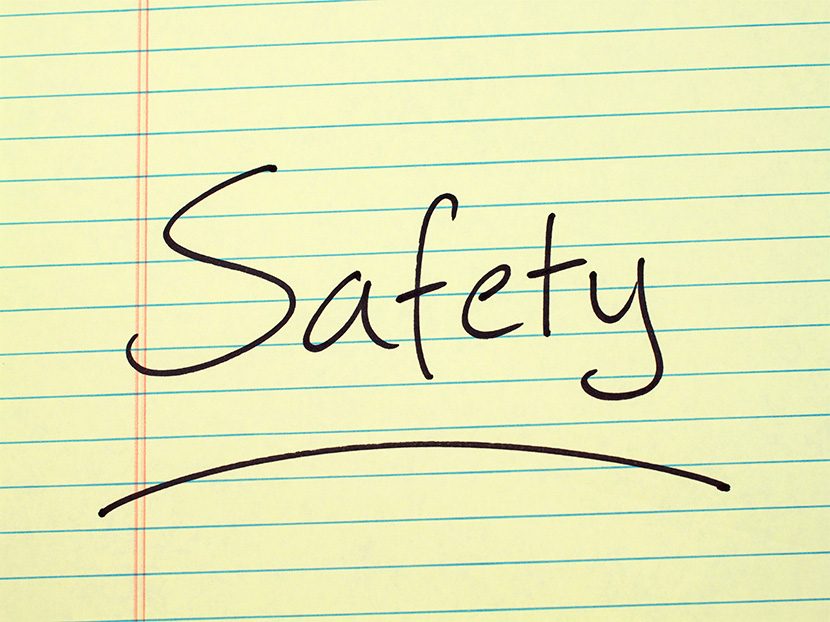OSHA Cuts Plumbing Company’s Unsafe Trench Fine

Arrow Plumbing LLC, Blue Springs, Missouri, admitted to willfully violating OSHA standards in connection with a fatal trench collapse in Belton, Missouri, in December 2016, but also saw its fine cut by two-thirds in a settlement with the agency.
OSHA initially fined Arrow – since renamed, R2 Plumbing LLC – $294,000 in connection with the death of backhoe operator D.J. Meyer, 33, whose body was recovered from the bottom of a 12-foot trench at a home construction site in Belton, Missouri. A subsequent visit to a Kansas City, Missouri, residential jobsite just one month later found the contractor’s employees working in an unprotected trench. No employees were injured at the site.
In total, OSHA found Arrow Plumbing LLC committed six willful and eight serious violations of workplace safety standards. The agency proposed $714,142 in penalties for both instances, making it one of 10 largest fines OSHA handed down for workplace safety violations against any company in any industry last year.
The citations for the Dec. 15, 2016, fatality inspection can be viewed here. Citations for the Jan. 20, 2017, inspection may be viewed here.
According to an OSHA release, the plumbing company agreed to several safety enhancements and will pay a civil penalty of $225,000.
An 11-page stipulation and settlement agreement obtained by The Kansas City Star suggests that Arrow’s inability to pay the higher penalty was a key reason, as well as a re-evaluation of the evidence and unspecified “statutory factors.”
Based on The Star’s review of OSHA records of the top 10 penalties issued in 2017, Arrow saw the steepest reduction. Read the full newspaper article here.
The safety enhancements include the following:
- Hiring a safety consultant to design and implement a trench safety program, and conduct safety and health audits.
- Providing extensive training for employees.
- Reporting trenching-related incidents and near-misses to OSHA.
- Conducting meetings at new worksites to address hazards.
- Completing OSHA construction, and trenching and excavation training courses.
“Trenching and excavation work can be extremely dangerous,” said OSHA Acting Regional Administrator Bonita Winingham, in the release. “This settlement serves as a commitment by the employer to abate the identified workplace hazards, and implement additional safety measures to make their workplaces safer. The employer has also committed to ensuring continuous compliance with OSHA safety standards to prevent tragedies such as trench collapses from recurring.”





